2017 Toyota 86 Vs Mazda MX-5 Miata RF Track Comparison

For all the similarities shared by the Toyota 86 and Mazda MX-5 Miata, they aren’t exactly direct rivals.
Sure, they have a lot in common — both are fun-to-drive two-doors featuring rear-wheel drive layouts and naturally aspirated engines — but their bodystyles have been enough to put the pair at opposite ends of the sports car spectrum. That all changes with the introduction of the 2017 Mazda MX-5 Miata RF, a car that, while fundamentally the same as the soft top before it, now benefits from a targa-like configuration that for the first time puts it in the same conversation as the Toyota 86. But is that enough to make the Miata a sure bet for sports car supremacy? To find out, we brought them to the track for an old-fashioned head-to-head comparison.
Our venue was Toronto Motorsports Park, a roughly 1.9-mile (three-kilometer) track about an hour west of Toronto. With plenty of late apex turns and a long straightaway to play with, the track would provide an opportunity to test both cars’ well-rounded abilities, with plenty of space to run off if need be. (That need, for the record, only arose once.)
Get the Flash Player to see this player.
The Quintessential Coupe
The 2017 Toyota 86 may be new, but it’s by name alone, and this is the same old sports car jointly introduced by both Toyota and Subaru half a decade ago. That doesn’t, however, mean the basics of the 86 are anywhere near outdated, with the classic configuration of a front-mounted engine and rear driven wheels about as timeless as it gets.
The platform underpinning the car, developed specifically for this application, is sharp and responsive, quickly proving to be the Toyota’s best asset. Joining that communicative chassis is a suspension setup that is neither too soft nor too stiff, allowing it to remain astonishingly flat through corners. The steering is equally awesome, and very well could be the best electrically assisted setup in the business this side of what’s offered by Porsche.
Under the hood is a Subaru-sourced boxer engine that is reasonably responsive on its way towards redline. Output is a modest 205 horsepower and 156 lb-ft of torque in manual models like the one we took to the track, but it does nothing to hinder the fun factor that’s baked into the 86. (Automatic models make 200 horsepower to go with 151 lb-ft of torque.) Any complaints about it being underpowered completely miss the point of a car that’s predicted upon balance first and foremost.
ALSO SEE: 2017 Subaru BRZ Series Yellow Review
Rowing your own gears with the six-speed manual transmission is especially rewarding, with pronounced gates that are easy to slip in and out of without missing a shift. Our tester’s clutch thankfully wasn’t as soft as those in some of the pre-update 86s we’ve driven, providing further feel and feedback that only adds to the overall experience behind the wheel.
With its limited-slip differential combining with relatively low engine output to quickly quell what little wheel spin crops up from time to time, the 86 darts around with a decent turn of speed. In fact, it’s only when compared to the Miata that the drivetrain seems slightly unresponsive, with the throttle and gearing in particular feeling less aggressive than what drives the Mazda.
The factory-fitted tires also handicap how fast the Toyota 86 can circle a track, with the 215/45R17 Michelin Primacy HPs proving themselves better suited to daily driving than open lapping. The car’s Track Mode could also be partly to blame, with some electronic trickery allowing its driver to test the outer limits of the 86’s handling — and sometimes beyond — before bringing things back into check. Better tires are definitely in order for anyone enjoying even the occasional track day.
Some Like it Hard(top)
Having employed both retractable and removable hardtops in the past, the Miata RF takes an approach that’s as attractive as it is effective. All it takes is the touch of a button to begin the choreographed transformation from coupe to (almost) convertible, with the Miata looking great in either form. But best of all, the car’s roof — not to mention the added weight that comes with it — has done nothing to impact the way the Miata performs.
If the Toyota’s chassis is deserving of praise, then the Mazda’s should be damn near canonized. With enough torsional rigidity to resist twisting through the tightest of turns, the Miata RF’s platform is almost flawless in execution. It’s only the suspension, which was revised to deal with the extra weight, that betrays the overall stiffness of the ride, with bouts of body roll on the track that have become part of the Miata’s DNA.
ALSO SEE: 2017 Mazda MX-5 Miata Review
No matter, though, because the Miata is still among the most nimble cars on the market. With its wheels pushed close to the corners, turn-in response is tack-sharp and allows the Mazda to change directions quickly. Steering, however, isn’t one of this car’s strong suits, and is a little on the numb side despite the additional firmness that’s been added in this version of the Miata.
Instead, it’s the powertrain that’s the real highlight here. Output comes from the same naturally aspirated 2.0-liter four-cylinder found in the soft top version, which means a scant 155 horsepower and 148 lb-ft of torque on tap. That’s exactly 50 ponies less than what the Toyota makes, but you’d never notice. Much of the credit goes to the transmission, which is one of the most deft on the market. With excellent gear ratios and a steady powerband to play with, the Mazda has plenty of giddyup.
When it comes time to bring all 2,332 lb (1,058 kg) to a halt, the Miata RF’s factory brakes are fine, but the available Brembo units are that much better. With plenty of stopping power, the four-piston units grab just hard enough to let you know they’re working. But best of all, they can stand up to plenty of abuse. It was only late in our day at the track that the brake pedal went soft, a far cry from the Toyota’s, which felt a little like stepping in a bowl of oatmeal from pretty early on. With its Bridgestone Potenza tires, the Mazda Miata RF also offers more out-of-the-box grip than the Toyota 86.
Compare Specs
| Vehicle | 2017 Toyota 86 | Advantage | 2017 Mazda MX-5 Miata RF |
|---|---|---|---|
| Engine | 2.0L 4-cylinder | - | 2.0L 4-cylinder |
| Horsepower | 205 hp | Toyota 86 | 155 hp |
| Torque | 156 lb-ft | Toyota 86 | 148 lb-ft |
| Transmission | 6-speed manual/auto. | - | 6-speed manual/auto. |
| US Fuel Economy | 24 mpg combined | Mazda Miata RF | 29 mpg combined |
| CAN Fuel Economy | 9.9 L/100 km combined | Mazda Miata RF | 8 L/100 km combined |
| US Price | Starts at $26,255 | Toyota 86 | Starts at $31,555 |
| CAN Price | Starts at $29,580 | Toyota 86 | Starts at $38,800 |
{"attachment_id":"524872"}
A Clear Divide
Despite being contenders for the first time, there’s no contest when it comes to everyday usability. While the hardtop that’s been bolted to the Miata makes it a better car for all seasons, it’s still a Miata. That means space inside is at a premium, with the cuteness of the cramped cabin wearing off quickly, and the tiny trunk barely enough for a weekend bag or two.
By comparison, the Toyota 86 has a usable interior to stretch out in and a pretty sizeable trunk for your stuff. It also has a pair of back seats, though they’re built more like gym bag cradles than a place to hold humans. Even still, they offer a big leg up on the Miata in terms of practicality. The same goes for the trunk, which doesn’t offer the space of a Toyota Corolla inside, but can fit more than a few grocery bags inside.
ALSO SEE: 2017 Ford Focus RS vs Volkswagen Golf R Comparison
It’s not all good news inside the 86, though, with the coupe’s cabin beginning to show its age. While many interior materials look and feel the part of a proper sports car, others simply miss the mark. There’s plenty of cheap-feeling plastic to be found inside, and the infotainment system, while featuring a right-sized seven-inch touchscreen, is awful and outdated.
Squeezing into the Mazda Miata RF, it’s clear to see its cabin is newer. Like the Toyota, there’s quite a bit of plastic to go around, yet it looks much more modern inside. There is an air of juvenility to the overall feel of the interior, right down to the infotainment interface, but that does nothing to affect the way the car drives.
The Verdict: 2017 Toyota 86 vs Mazda MX-5 Miata RF
When it comes to affordability, the Toyota 86 is also at an advantage over its rival from Mazda. Starting at just $26,255 ($29,580 in Canada), the true coupe in this comparison undercuts the droptop Mazda by a healthy margin. Priced at $31,555 ($38,800 in Canada), the Mazda MX-5 Miata RF stretches the definition of affordability here, with a substantial cost increase over the soft top model.
But just like the roadster, the Miata RF is a blast to chuck around corners, both at the track and on the road, with its impressive powertrain and diminutive dimensions making it one of the most smile-inducing rides around. And it’s for that reason alone that it’s worth fretting about passenger space and cargo room. Leave that stuff to the Toyota 86; the Mazda Miata RF is way too much fun to care.
Toyota 86, Mazda MX-5 Miata RF
LOVE IT
- Awesome chassis
- Great manual gearbox
- Useable interior and trunk
- Even better chassis
- Sexy styling
- Responsive drivetrain
LEAVE IT
- Outdated inside
- Stock brakes and tires
- Cramped quarters inside
- Bouts of body roll

Dan is AutoGuide.com's Road Test Editor, a long-suffering Buffalo Bills fan, and a car guy since childhood. He enjoys long walks on the beach and long drives just about anywhere the road, track or trail will take him. You'll see him driving around evaluating cars and in front of a camera talking about them. Dan is a member of the World Car of the Year jury.
More by Dan Ilika



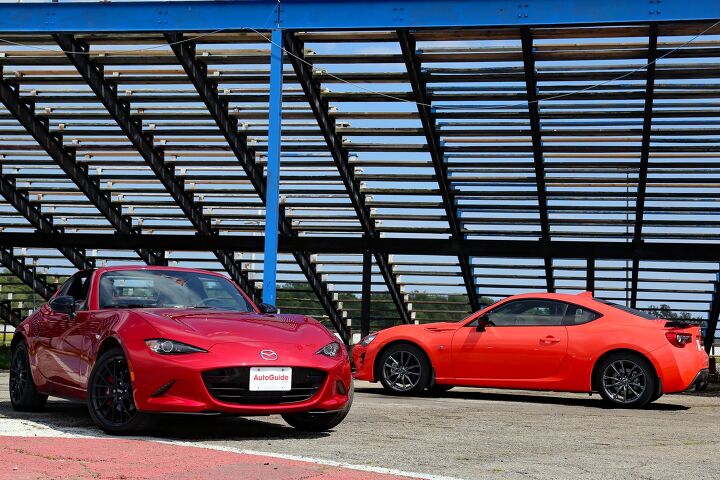


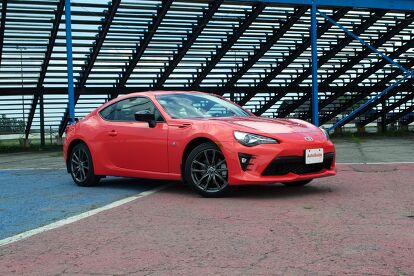











































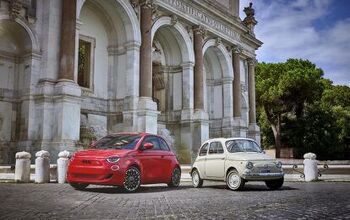
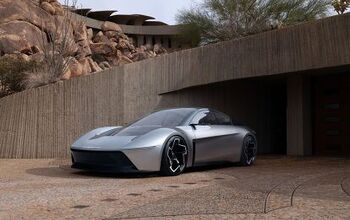
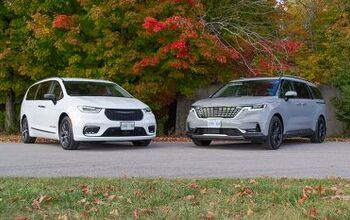
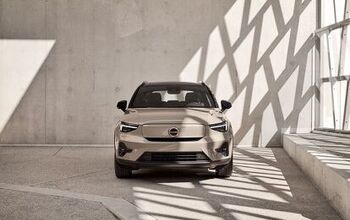


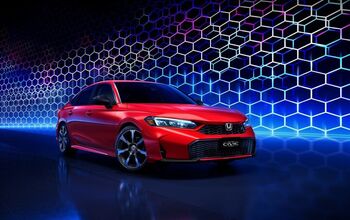

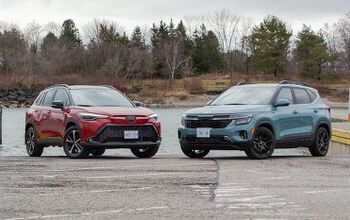

Comments
Join the conversation
Insanely overpriced and slow Miata hardtop.
Clearly Miata is a winner here! I don't care small trunk or back seat on a real sport car that gives you smile every minute of it. I switch to my Camry for all the hauling duties. That's it. Pure sport MX5! It's same concept when riding a sport motorcycle. It's not design to carry a passenger but how to perform in the twisties...